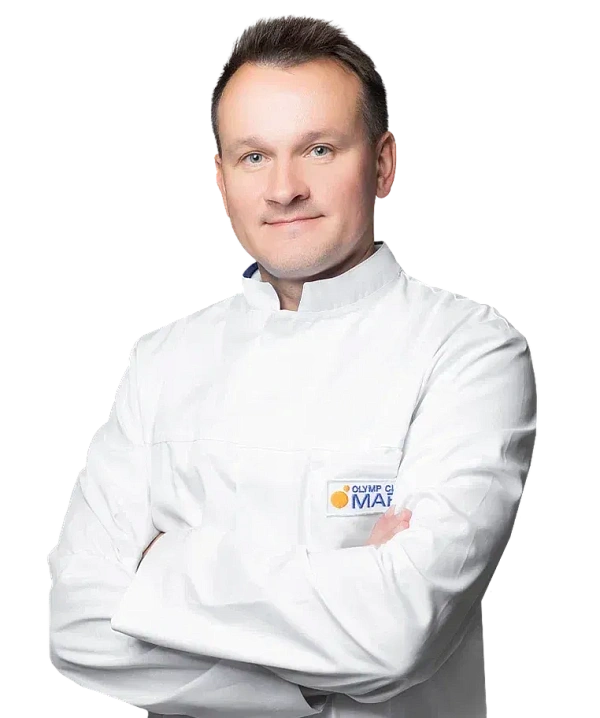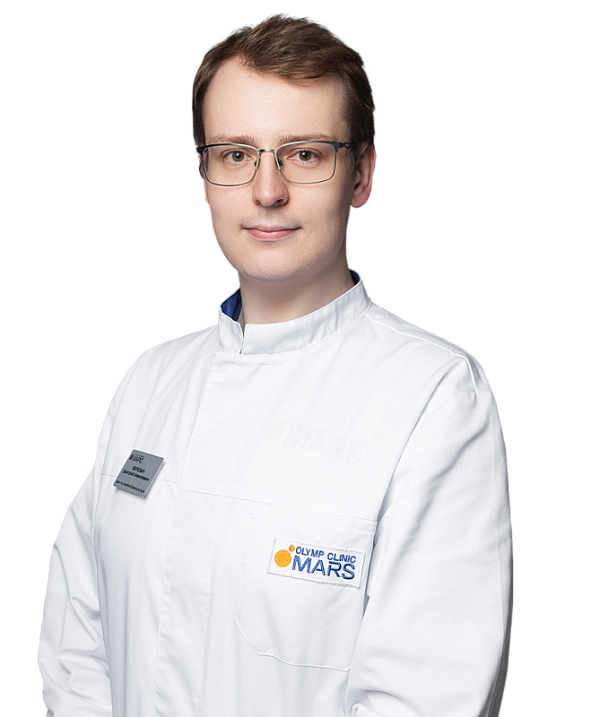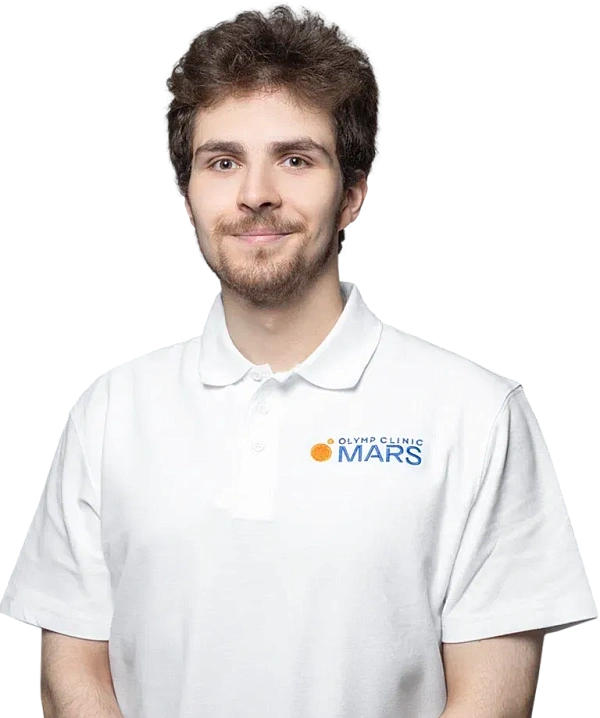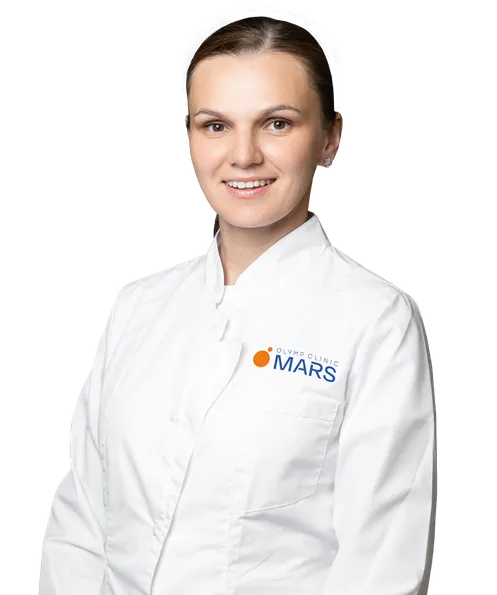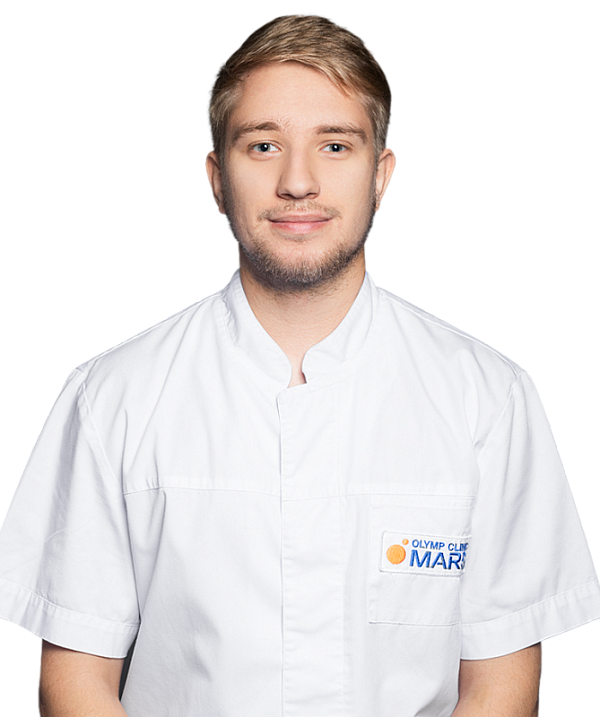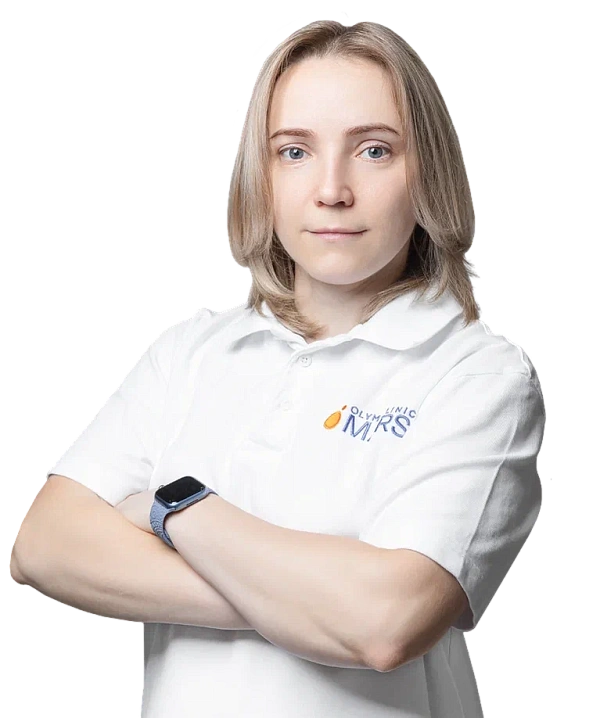Training on the Huber 360 simulator
A rehabilitation technique based on complex neuromuscular stimulation, movement analysis and training of coordination, strength and balance of the body. It allows you to activate up to 80% of the muscles at the same time.

The Huber 360 simulator is a multifunctional system for the diagnosis and rehabilitation of the musculoskeletal system. The device helps to activate both superficial and deep muscles, improve coordination of movements and restore joint mobility.
The main difference between the Huber 360 and other simulators is the ability to engage the muscle chains of the entire body, including the stabilizer muscles. The simulator is suitable for both professional athletes and people who lead a sedentary lifestyle.
Consultation with a rehabilitation doctor. Assessment of the patient's physical condition and motor abilities. Development of an individual training program.
The patient stands on the mobile platform of the simulator and holds onto the handrails. The device captures the initial position of the body and begins to perform a diagnostic analysis — assesses balance, coordination, symmetry of movements and the level of muscle activity. The screen displays the patient's movements and recommendations for posture correction. The simulator begins smooth rotational and vibrational movements of the platform, forcing the patient to keep his balance. These movements activate the muscle chains of the whole body, including the deep muscles of the back and abdominal press. In the process of work, the patient performs various exercises under the supervision of a specialist. The duration of the workout is from 20 to 40 minutes. Classes can include both basic exercises to restore balance, and more complex complexes to train endurance and muscle strength.
The Huber 360 simulator is a neuromuscular rehabilitation system with a 3D dynamic platform.
After training on the simulator, the patient can return to the usual activity. To achieve a sustainable result, it is recommended to take a course of classes, which includes from 10 to 20 workouts.
Benefits
Complex muscle activation
Up to 80% of all body muscles are involved, including deep stabilizer muscles.
Diagnosis and monitoring of progress
Allows you to track improvements in coordination, balance and symmetry of movements.
Individual approach to training
Personalized training based on the patient's condition and capabilities.
Suitable for all ages and training levels
It is effective for patients after injuries and operations, athletes, the elderly and patients with a sedentary lifestyle.
Frequently Asked Questions
What are the indications for training on the Huber 360 simulator?
Is it possible to use a simulator for posture correction?
Do I need special training for the lesson?
Didn't find an answer to your question?
You can describe your problem in detail and ask a question to the doctor. He will answer you and help you find a solution
Врачи
Смотреть всех врачейCandidate of Medical Sciences. Orthopedic Trauma Physician, Chiropractor, Sports Medicine Physician, Physical Therapist. Head of the Rehabilitation and Restorative Medicine Department.
Physical therapy instructor
Doctor of physical therapy and sports medicine, orthopedic traumatologist
Similar referral activities
Consultation with a rehabilitologist
The doctor of the department of rehabilitation and restorative treatment is engaged in restoring or compensating for the lost functions of the patient after various injuries, operations and diseases.
High-intensity magnetic therapy (SIS)
The method of physiotherapy, which is based on the effect of a powerful pulsed magnetic field on body tissues, which contributes to pain relief, reduces inflammation and accelerates tissue regeneration.
Techar therapy
A method of physiotherapy based on the use of electromagnetic waves of a certain frequency for a deep impact on the tissues of the body.
Shock Wave therapy (UHT)
A treatment method based on the effect of acoustic shock waves on body tissues.
Low-frequency electrostatic therapy
A method of physiotherapy based on the effect of a low-frequency electrostatic field on body tissues.
Mechanotherapy
A rehabilitation method based on the use of mechanical devices to restore joint mobility and increase muscle strength in patients after injuries and operations on the musculoskeletal system.
